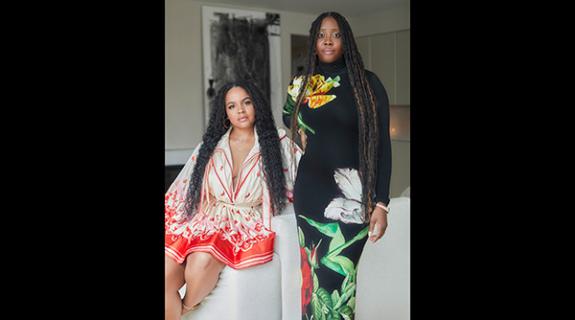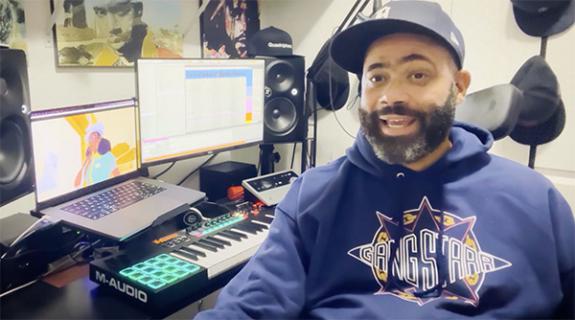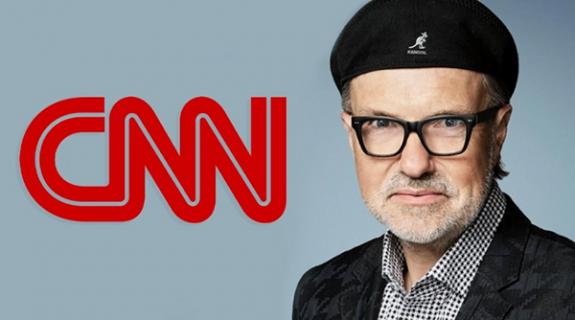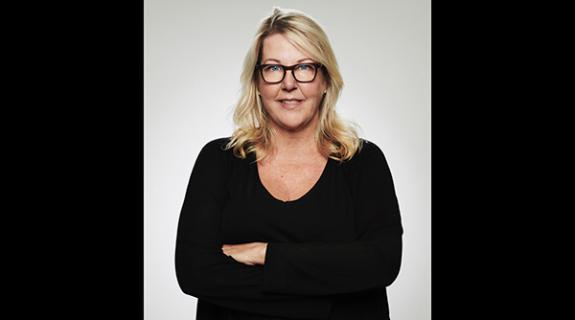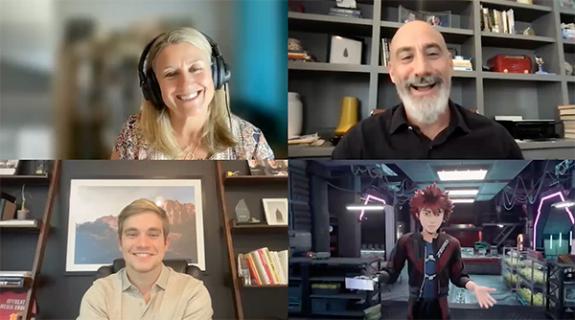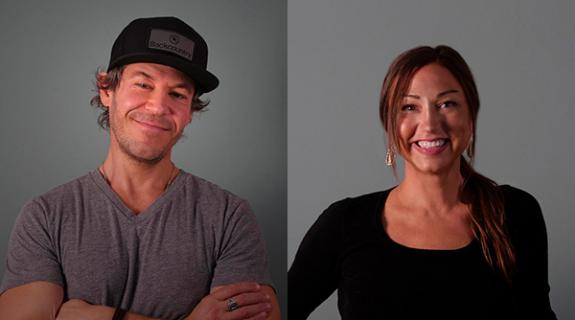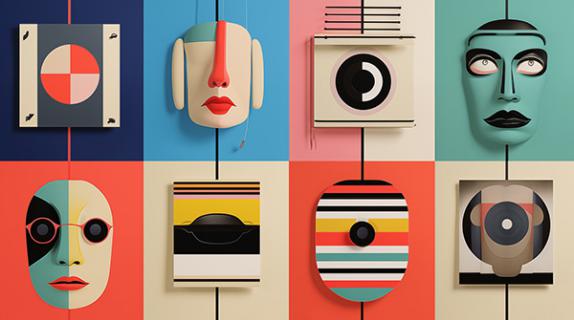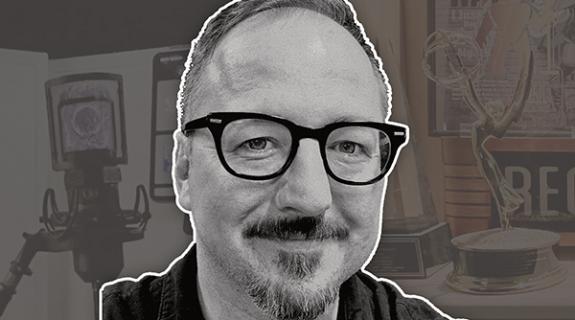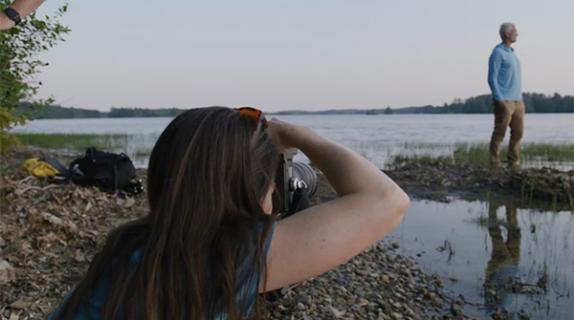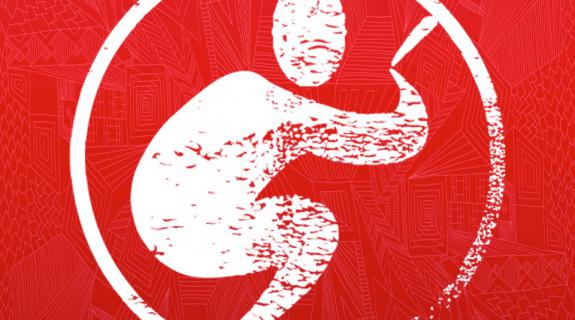The pathways to promo are myriad, but it’s safe to say that few of them begin with studies in religion and philosophy. And yet those subjects, along with a healthy addiction to art galleries, served as fuel for the formative years of Mary Nittolo, a self-described “accidental entrepreneur” whose New York-based motion design company The Studio recently shared a Cannes Lion nom for its motion graphics contribution to MTV World’s Rebel Music.
That gritty, Latin-American-protest-art-inspired work for MTV’s show about revolutionary musicians in turbulent nations, is part of a recent surge from The Studio into the television space that has ranged from title design and graphics for Nat Geo’s sublimely creepy The Watch to the quite literal other end of the spectrum: the letter “F” for one of Sesame Street’s famed alphabet spots.
Stylistically, it’s a diverse array of graphics, though hardly surprising from a company that has been building a body of eclectic, stellar work in other realms of advertising for 25 years – and whose very founding defies expectation.
A “first-generation college person” from a family in which no one had ever been to university, Nittolo earned her bachelor’s degree in philosophy and comparative religion from New York University. Before that, she had nurtured a passion for visual art with weekly visits to area art museums from the age of 13, a hobby that turned into a livelihood when she landed a job after graduating at the Brooklyn Museum of Art. It was the mid-‘80s and the country was in a recession, so museums like hers were looking for alternate ways to bring in dollars. Nittolo’s boss “challenged me to find things in the collection that he could interest someone in helping us reproduce,” she said, including items like posters and art books, which, as deputy director of publications and marketing, she got to help create.
“Through osmosis I absorbed a lot about design and aesthetics,” she said.
After four years on the job, Nittolo decided she wanted to get into the curatorial side of museums, but needed to become properly certified first. She relocated to San Francisco with a plan to go to graduate school, using the skills she had picked up at the museum to take a job at a boutique design company where a friend of hers worked. It was run “by two crazy people,” Nittolo said and soon, she and two other designers there were plotting to strike out on their own, “which we very stupidly did. I was thinking I’ll just do this until I go to graduate school. There was no intention to it.”
Nittolo’s fledgling company honed its chops designing elaborate materials for business presentations and also creating storyboards for advertising spots. They were a team of artists and their storyboards reflected that. They would ask clients questions about details such as lighting design, directorial choices and even casting decisions, and use the answers to inform the boards.
“At the time,” said Nittolo,” no one asked those questions, so we very quickly got pretty popular.”
As The Studio began to grow and transition from print and materials to actual animation projects, its “best storyboard artists became the best animation directors” she continued,” because they really know what you need to tell the story… You either have it in you or you have to be trained to think that way. It’s a very special thing to do well.”
To this day, Nittolo estimates storyboarding remains about 25% of The Studio’s business, even as the company’s client base has diversified from 90% in the advertising space to a more balanced load of agencies, corporations, nonprofits and cultural institutions.
“When we started doing animation a lot of people told me to stop doing it,” she said, “because, ‘oh, it’d be bad for the brand. People will be confused.’ But I was like, ‘no, I really like it and I actually think it’s really great training for artists.”
Nittolo is a fervent believer in the power of training to retain employees and keep them feeling satisfied and invested. When the wave of Internet video began to build on the horizon in the mid-‘90s, she saw it coming.
She “brought people in from colleges and forced people in my office to use computers,” she said. “We had training and people had to learn… It started for me the idea that a studio is something like what has existed since the Renaissance, when you had training and apprenticeships and all of that. I carried that formula over. We do a lot of training in our company. You may come to us and you may only know one thing but you’re going to learn a lot of programs. It allows me to keep a lot of staff – more than I could if someone just knew Maya or whatever.”
Now with more than 20 full-time staffers on board, including editors, programmers and 2D and 3D animators, The Studio has taken Nittolo down roads she never dreamed of as a fine arts lover immersed in Baudrillard, Derrida and Foucault at NYU. It turns out, for instance, that the studio has a knack for turning complex data into easily digestible, entertaining motion infographics, and that Nittolo is “a huge fan of taking data and specifics and making them interesting to people.”
“All the data we’re collecting about everything – you really need artists to interpret this,” Nittolo continued. “Someone has to unpack it and digest it and find how it’s relevant, and that’s artists. We’ve done some projects which I could never ever imagined. Like for Mt. Sinai – how do you explain genetics and whether or not to get genetic testing to a low-literacy audience? It is amazing to do projects like this because, firstly, there’s such an extreme benefit to it – people’s lives can be changed by this. But also, for artists it’s amazing to be able to use your talent and your skills to bring something like that to life for somebody. There are so many aspects around data and information that are giving so many opportunities to artists today. It’s such an exciting time to be in our business.”
Tags:




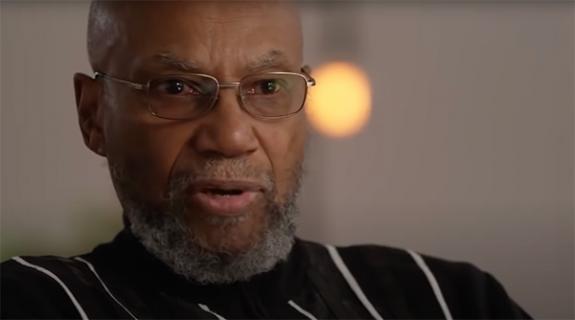
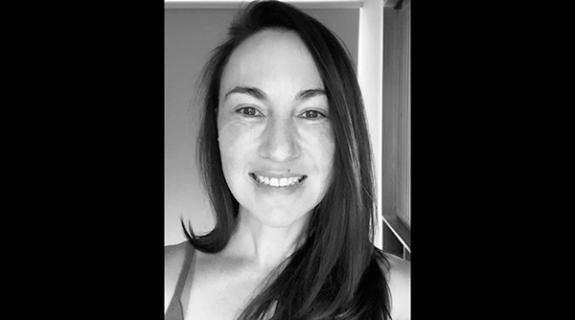
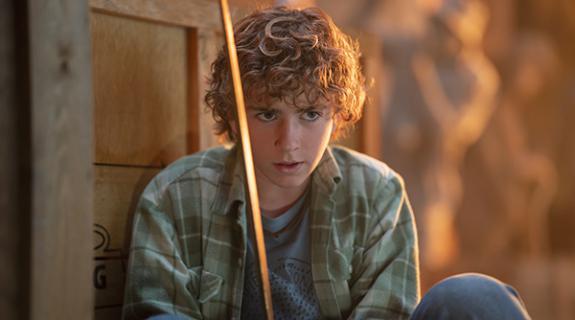

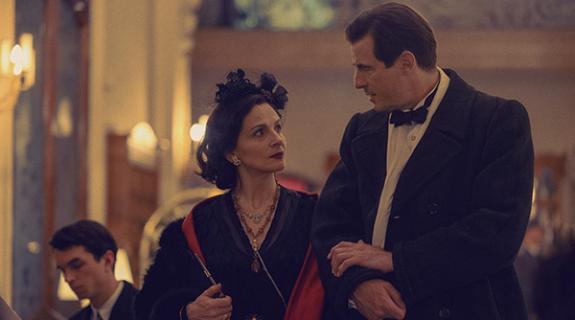
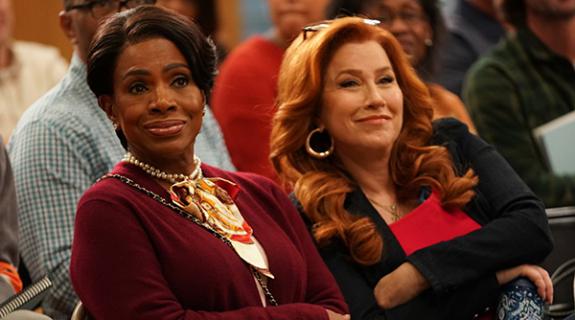


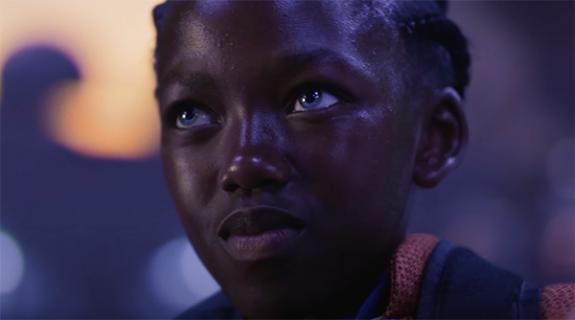
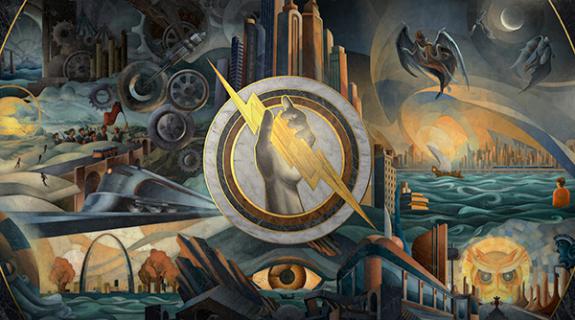
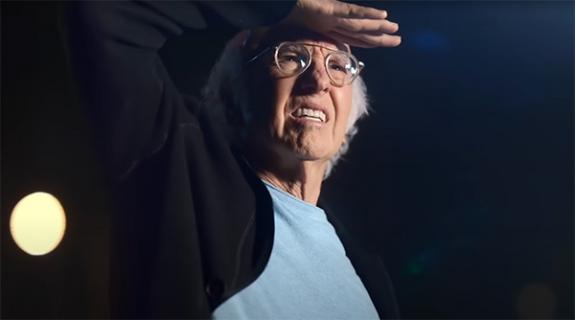

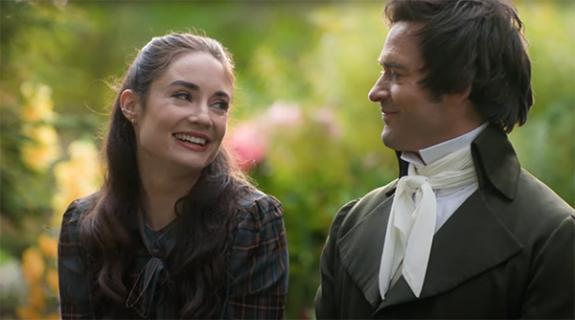
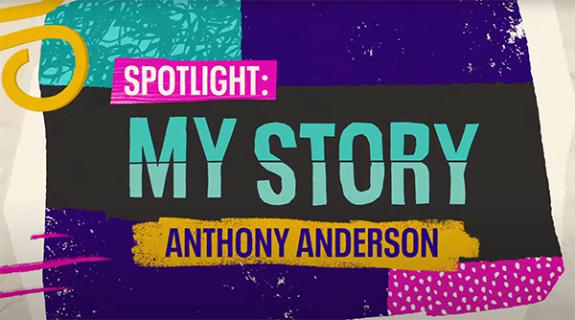

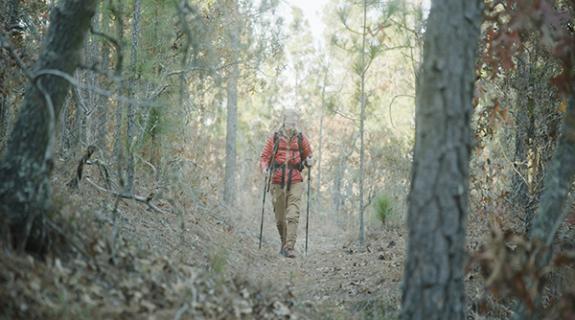
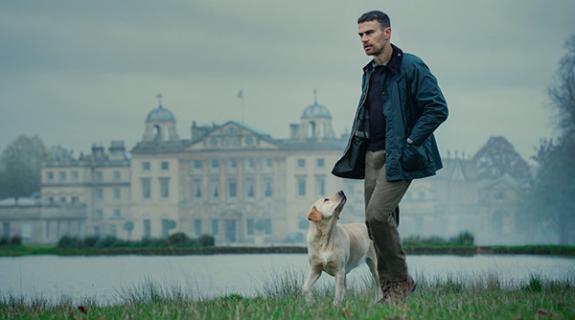

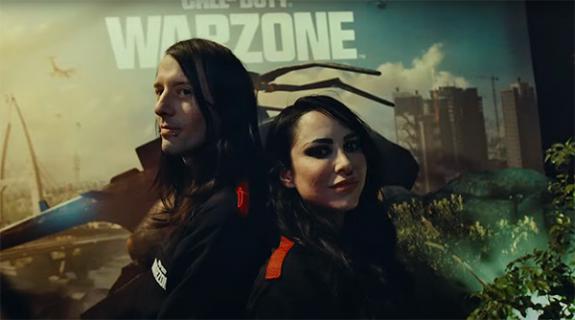

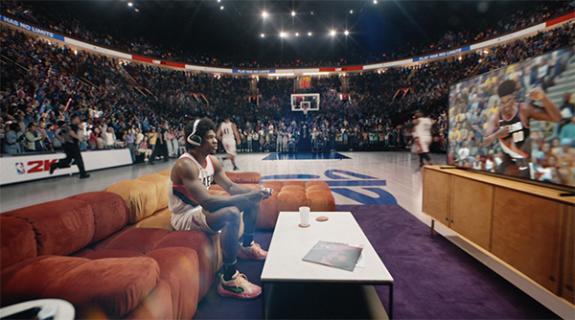
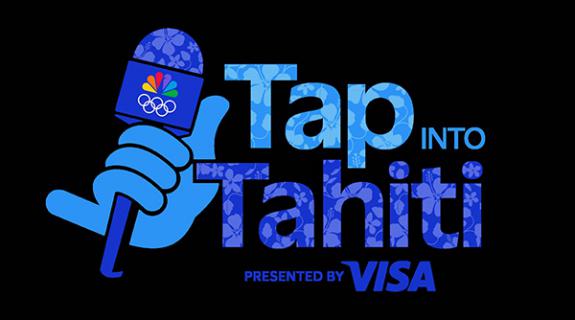
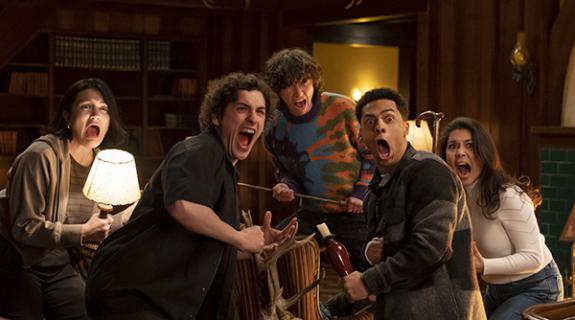

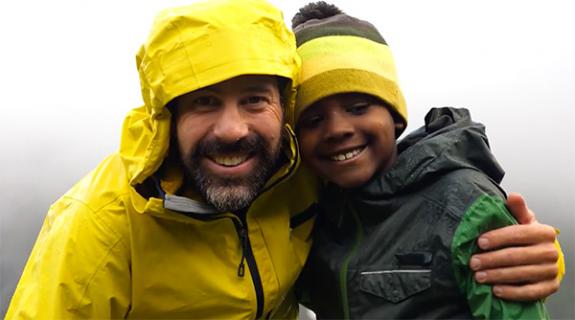
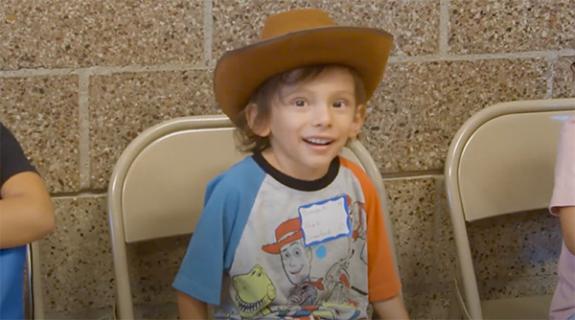

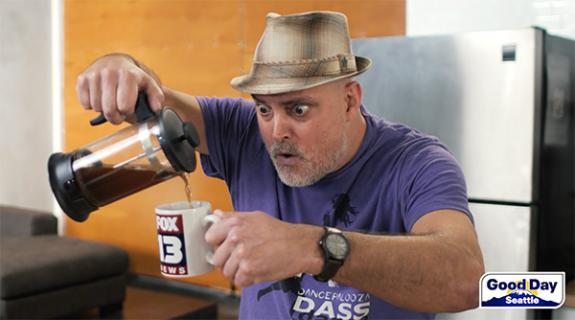
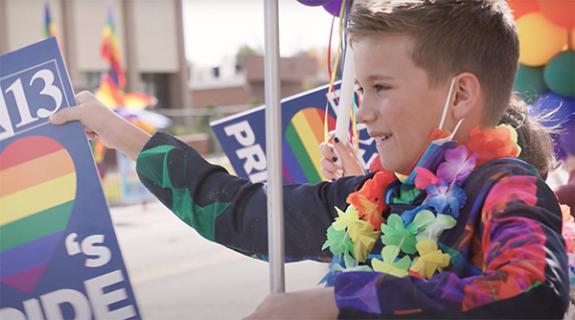

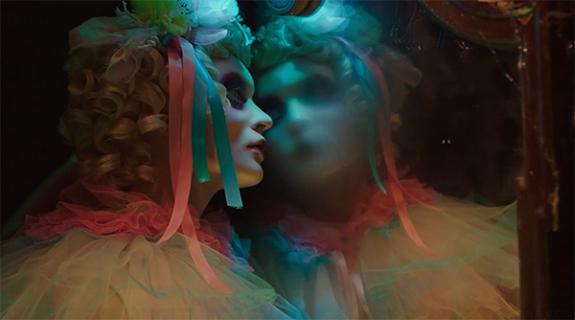

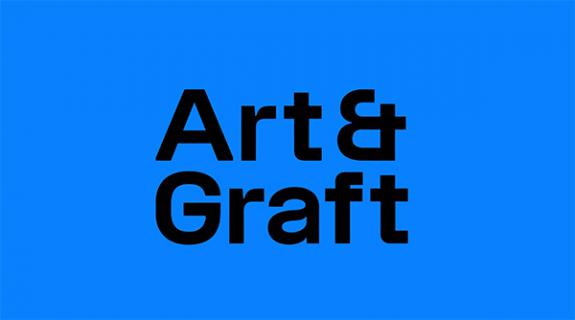
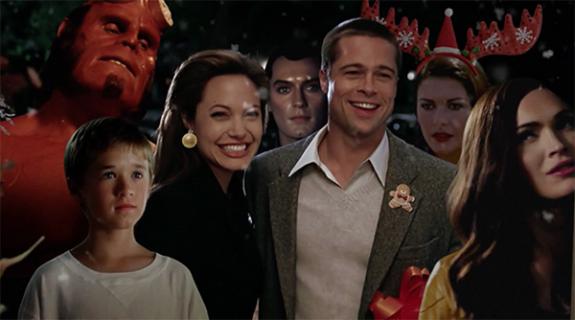


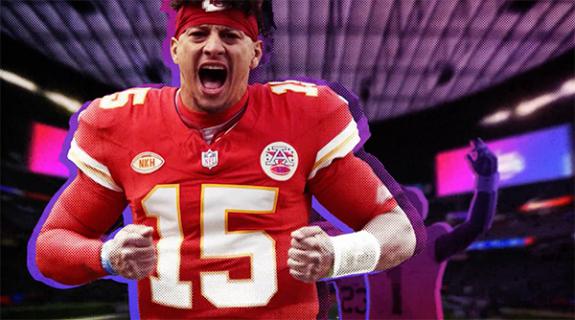
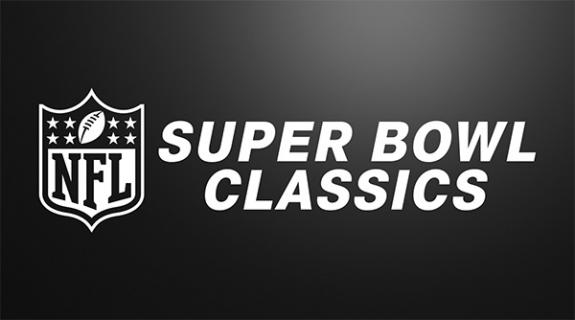
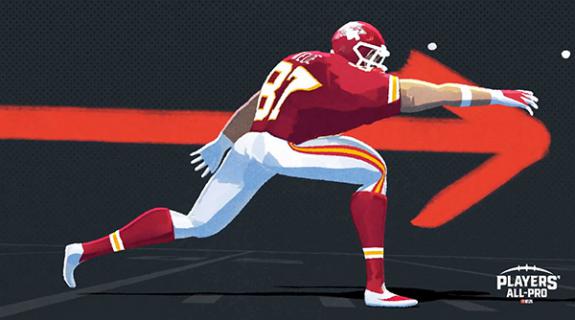

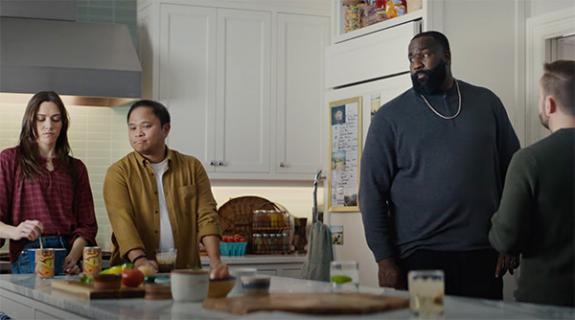
__twocolumncontent.jpg)
